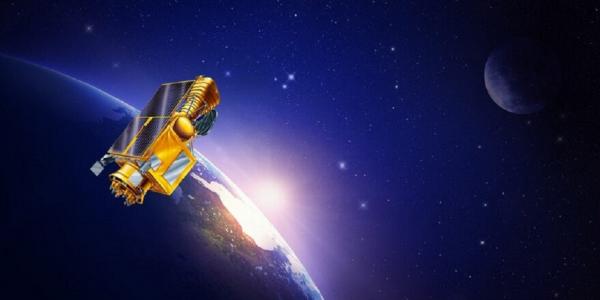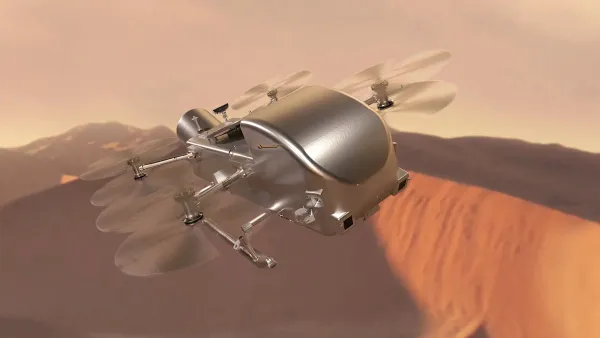The selected U.S. ULTRASAT Participating Scientists will pursue science investigations that will contribute to Israel’s first space telescope mission which is planned to launch into geostationary orbit around Earth in 2026.
Tansu Daylan, an assistant professor of physics in Arts and Sciences at Washington University in St. Louis, was chosen as part of the selection process as a participating scientist. Daylan and his team will be contributing to the ULTRASAT mission, focusing on characterizing exoplanets and their host stars in near UV in order to better assess atmospheric escape and planetary habitability. His project is Empowering ULTRASAT’s Legacy On Planetary Habitability: A Survey Of Stellar Flares And Space Weather Beyond The Solar System.
ULTRASAT will be an ultraviolet (UV) observatory with a 204-square-degree field of view, which is dramatically larger than the other operating UV satellites. It will also investigate the secrets of short-duration events in the universe such as tidal disruption events, supernova explosions, and mergers of neutron stars in binary systems.
Through an agreement between NASA and the Israel Space Agency (ISA), NASA will launch the space telescope, provide the Flight Payload Adapter, and participate in the mission’s science program. The NASA Participating Scientist program results from an implementing arrangement between ISA and NASA and an agreement between the ULTRASAT team and the Vera Rubin Observatory, which is funded by the National Science Foundation and the Department of Energy. The Israeli Aerospace Industry, Elbit/Elop, DESY, and the Weizmann Institute of Science (WIS) have also partnered on the development of the mission.





